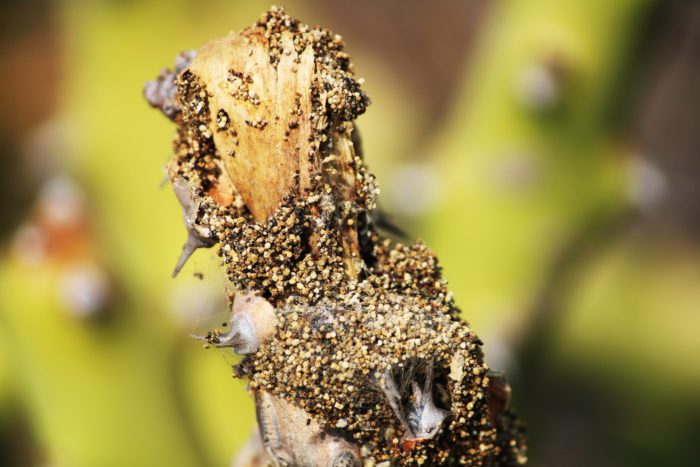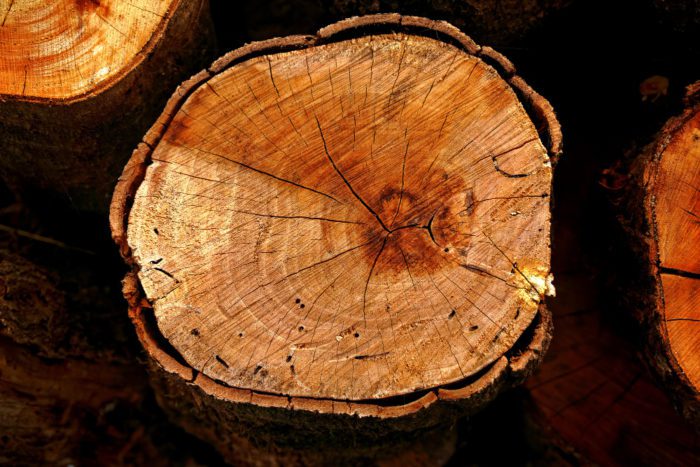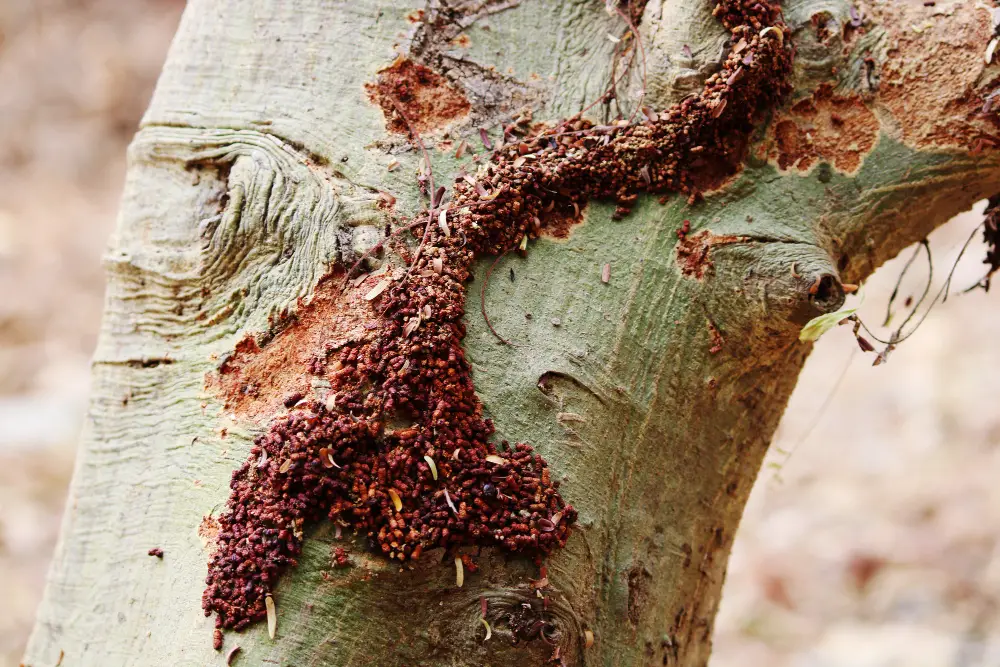Growing trees requires a lot of effort. It takes years of care to grow a very large and healthy tree.
Termite infestation is a painful sight and no one would want to see this.
So to help you with the protection of your trees, we are here with our article that will cover everything related to termites and trees.
Important Note: If you're tired of pests and want a reliable solution, then you should definitely consider seeking help from a professional pest control company. DIY solutions can be effective, but if you're dealing with a significant pest infestation, you don't want to rely solely on DIY methods. Pest control companies typically don't charge huge fees. You can fill out this form to receive free quotes from the top local pest control companies, and compare the quotes and see for yourself. Then, finally, your pest problems will be eliminated for good.
As it is not easy to get rid of termites from a large tree, you must understand when to cut it or when to save it. This article will help you with this.
We will also discuss why it is important to remove an infected tree.
Do Trees Attract Termites?

The answer to this question is tricky as trees only attract termites when they are unhealthy. An unhealthy tree is unable to protect itself from the attack of termites.
In the case of a healthier tree, the hard sapwood and bark work as a protective layer that resists any kind of termite attack.
The presence of termites in trees not only means that we have got a termite infestation but it also means that the tree is decaying. Its health is not good.
Here is a list of some trees that can attract termites due to their unhealthy state.
- Oak trees
- Palm trees
- Maple trees
- Pine trees
Signs of Infestation

The most dangerous type of termite is the Formosan termite. It is a type of subterranean termite and is aggressive. These are invasive and can multiply themselves.
You may be wondering why we are talking about Formosan termites under the category of signs of infestation.
The answer to this question is simple, Formosan termites are the most common species that attack trees. So before moving into the signs of infestation it was important for you to understand what Formosan termite is.
Now, let’s move to signs of infestation. The following are the most common signs of termites in trees.
Mud Tubes
These are the most common sign of a termite infestation. Mud tubes run like veins on the branches of trees.
As for termites, they attack from underground so you will see these tubes rising from the base to the top. As it rises from the main base trunk, it can look like splattered mud as if someone has made some art with clay on the tree.
Termites use these tunnels for their traveling purposes. They make these with the help of mud and their saliva.
As already mentioned above, Formosan termites multiply themselves in huge numbers. Hence, the size of their colony is much larger as compared to other termites. Due to this, they spread very quickly in the tree.
Termite Holes
Tiny holes created by termites have two purposes. Firstly, it is created for their entry into the tree. They keep drilling these holes until they reach their destination i.e. heartwood.
Secondly, these holes are used as an ejection point. Their feces and the sawdust generated from drilling are ejected through these holes.
Since ants are predators of termites, they are also attracted to the trees because of the presence of the termites.
The detection is tough since these holes are very tiny and also very hard to spot on the tree’s bark.
Termites at the Base
As we have mentioned that termites holes are used as ejection points, you can spot the dead termites on the soil near the tree.
Also, since termites attack from underground, termites may likely have their nest underneath the soil. This could be the reason why we see termites crawling around the base of the tree as that’s where their nest is.
Flying Termites
Flying termites are also known as swarmers. These are the winged termites responsible for the expansion of their colony.
At their reproductive stage, they move out of their existing colony and look for a new place to mate and establish a new colony.
Once their search is complete, they mate, shed their wings, and start drilling into the pieces of wood to start a new colony.
So if you find wings laying around your tree, that means termite swarmers are present in your tree.
Remember, any one of these signs is enough for confirming the presence of termites in your tree. So do not wait for multiple signs, start the treatment process as soon as you locate any one of these signs.
Treatment of Infected Tree

Before opting for any method of treatment, it is very important to understand the extent of the damage.
In the case of the tree, the extent of damage depends upon the heartwood of the base trunk of the tree. If termites succeed in reaching heartwood, that means you are in big trouble.
Also, if there is a big mud hole on the base, then that too is also a bad sign. On digging the mud hole, if you reach the soil through the hollow trunk, then there’s nothing much left for you to save.
In both the cases mentioned above, there is only one option i.e cutting off the infected tree.
To identify whether the termites have reached the heartwood or not, either you can consult an arborist or you can yourself dig through the mud holes.
The heartwood is the darkest colored wood, so if you find termites on the darkest wood, that means your heartwood is infested.
If your heartwood is not infested, quickly call a termite exterminator as you can still save your tree. They will use insecticides to get rid of termites.
Secondly, check the branches as they are thinner than the trunk. If you find mud tubes and holes on them, cut them.
If you want to eliminate termites forever, treating trees is not enough. You have to make sure your garden is termite-free. As Formosan and subterranean live underground, they will infest the tree again if not treated.
Precautionary Measures
Some practices need to be avoided to lessen the chances of a termite infestation in your tree. These includes:
- Dead tree stumps should not be left in the yard
- Stacking of firewood should be avoided
- Don’t use excess mulch in your yard.
All these things provide moisture which eases the survival of termites. These act as an invitation for them. Once the termites reach your yard, there are very high chances of your tree getting infested by them.
Why is it Important to Remove the Infected Tree?
Two reasons make the removal of infested trees necessary.
Firstly, since the termites eat the trees from inside, it makes them weak. They cannot support themselves, thus becoming unstable. This poses a great threat to your family and home if the tree is nearby. The neighbor’s property is also at risk.
Secondly, if the branches touch your house, there are high chances termites may enter your house through them.
Conclusion
Termites infest trees that are unhealthy so always keep an eye on the health of your trees. They not only cause significant damage to the tree but also the infected tree can pose a lot of danger to the nearby area.
Treating trees is not enough. To eliminate termites, you have to work on your yard too. Since the treatment is on a large scale, it is not advised to handle insecticides on your own.
Contact a pest control team as soon as you discover any signs of infestation.

